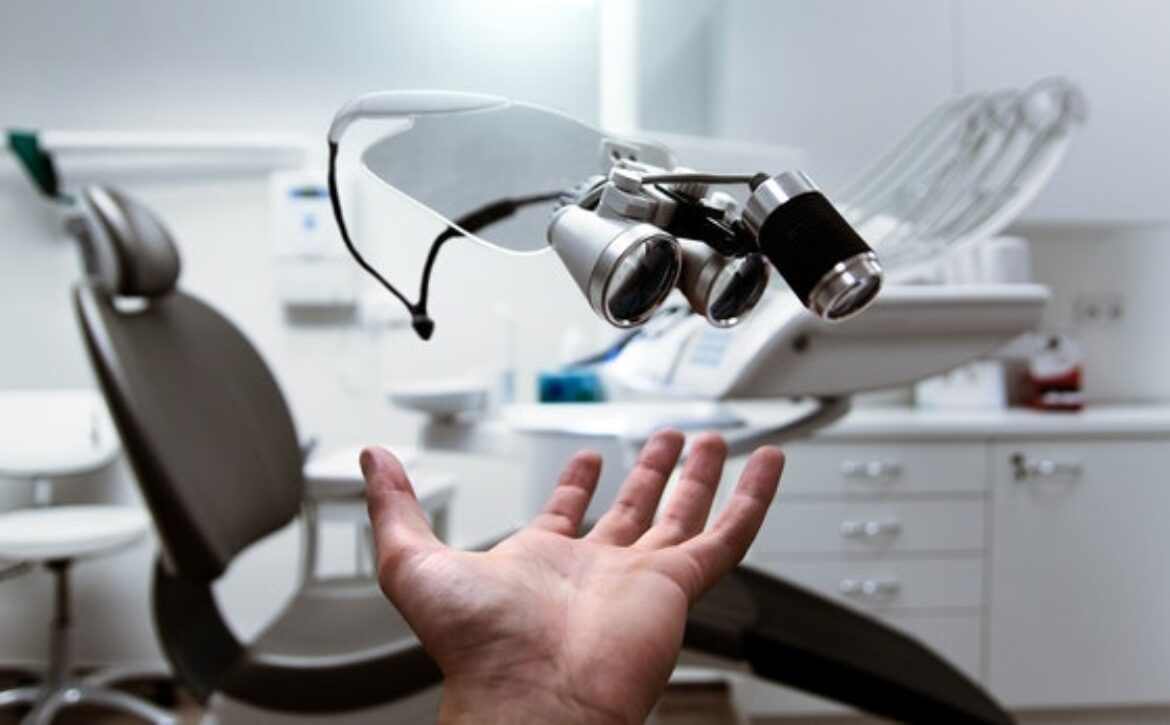What is the function of the vitreous and retina in the eye?
The retina is a very delicate, but extremely complex structure that lines the inner wall of the back of the eye. It contains the light sensitive elements – the rods and cones that allow us to see in dim and bright lighting conditions. It also contains numerous other cells and nerve fibers that are required for information processing. The vitreous is a jelly-like mass that fills up the back of the eye and has shock absorbing and nutritional functions.
- Horseshoe retinal tear
- Tear surrounded by laser treatment
- Retina
What can go wrong with these structures?
In premature children with low birth weight, retinal changes affecting sight can develop – retinopathy of prematurity. These and other developmental abnormalities of the retina and vitreous can also affect vision and need early care. Some infections can also affect these structures in children. The most serious lesion however, is a tumor termed retinoblastoma, arising from the retinal cells, threatening the eye and life of the baby.
In young adults, injuries can cause significant changes that affect sight. Sometimes however, there can be changes in the structure of the vitreous gel that are seen as floaters in front of the eye. These are usually harmless, although it is wise to have an eye exam to rule out serious retinal problems.
In older people, changes in the vitreous can result in pulling forces on the retina that can cause either a vitreous bleed, or a retinal detachment. A sudden increase in floaters without flashes of light is a matter for concern. Other aging changes can affect the center of the retina – the macula, an area needed for fine vision – changes in this zone result in black shadows in central vision, blurring or distortion of straight lines metamorphopsia.
The retina is affected in other systemic diseases-notably, diabetes mellitus and systemic hypertension. Blockage of the retinal vessels can result in vision threatening changes unless treated promptly. Infections of the structures within the eye are a very serious problem – endophthalmitis, and may occur after eye surgery. Prompt care is often successful in restoring sight in these eyes.
How will I know if I have these problems?
Since the primary function of these structures is to provide vision, most diseases affect sight – blurring, loss of field, floaters, flashes, central black shadows, and total loss of vision may occur. However, changes in the peripheral retina can be silent and require a detailed eye exam for detection.
What are the common causes of these diseases?
Genetic causes, injuries, infection, tumors, systemic
conditions, high refractive errors, and ageing changes account
for most of these diseases.
How can these conditions be detected?
A detailed evaluation of the back of the eye after dilation of the pupil, using an instrument called the indirect ophthalmoscope is required. In patients with diabetes, an imaging of blood flow in the retinal vessels is helpful- fundus fluorescein angiography. In age related changes of the central retina, two other examinations coherence tomography may be needed. If there is bleeding in indocyanine green angiography and optical the vitreous, ultrasonographic examination can help identify retinal changes.
How can these conditions be treated?
In changes of the blood vessels, the use of retinal lasers is often helpful, and these are also used to prevent serious eye disease in diabetics. In patients with infections, antibiotics; and in those with inflammation, steroids can be used. If there is serious vitreous bleeding or retinal detachment, surgery is required to restore vision. In age related central retinal disease, in addition to laser therapy, the injection of medications into the eye can be helpful.
Recent advances in vitreous and retinal diseases
Instruments are now available that allow the diagnosis of these diseases at a very early stage. Newer treatment option include photodynamic therapy for subretinalneovascularization, the use of intravitreal triamcinolone injections for diabetic macular edema, and anti VEGF agents for age related macular degeneration, all of which have improved our ability to treat retinal diseases.
General information
High myopes may be prone to central and peripheral retinal changes and should have a routine yearly eye exam. Similarly, diabetics and hypertensives should have a yearly eye exam in addition to good control of the systemic condition to protect their eyes and sight.
Most recent post:
Choosing the right Spectacle for your eye
What is different about a child’s eye?
Everything you need to know about Lens and Cataract
Understanding LASIK, laser eye surgery to treat myopia
Disclaimer: These are just our views expressed here. Please ensure to always contact your doctor for exact instructions and process to follow. In case of queries feel free to reach us. This article is in no way promoting or suggesting any procedure or treatment and is purely for educating oneself and or for academic interests as an individual. No information in this site is intended to be a substitute for actual professional medical advice, diagnosis or treatment. Always seek the consultation and or guidance of a qualified doctor / healthcare provider with any questions you may have regarding a medical treatment, procedure, and or before undertaking a new medical health care regimen in any manner whatsoever and never disregard or take specific action or professional medical advice or delay in seeking it just because of what you have read in this website or any of our communications, online or otherwise. Any and all images used here are for representation purposes only


